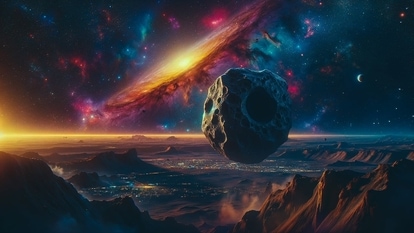NASA Astronomy Picture of the Day 15 April 2023: Retrograde motion of Mars
NASA Astronomy Picture of the Day is a stunning composite of images tracing the retrograde motion of ruddy-colored Mars.
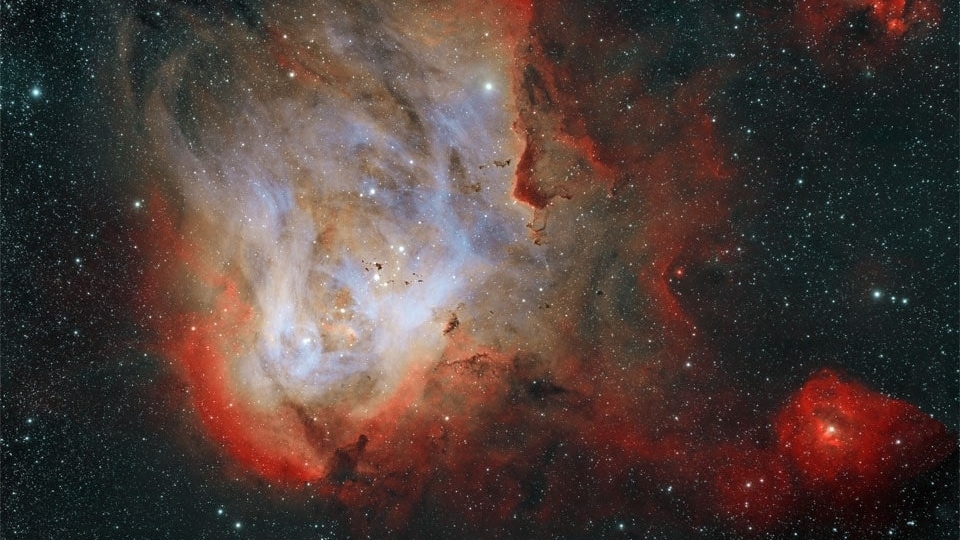
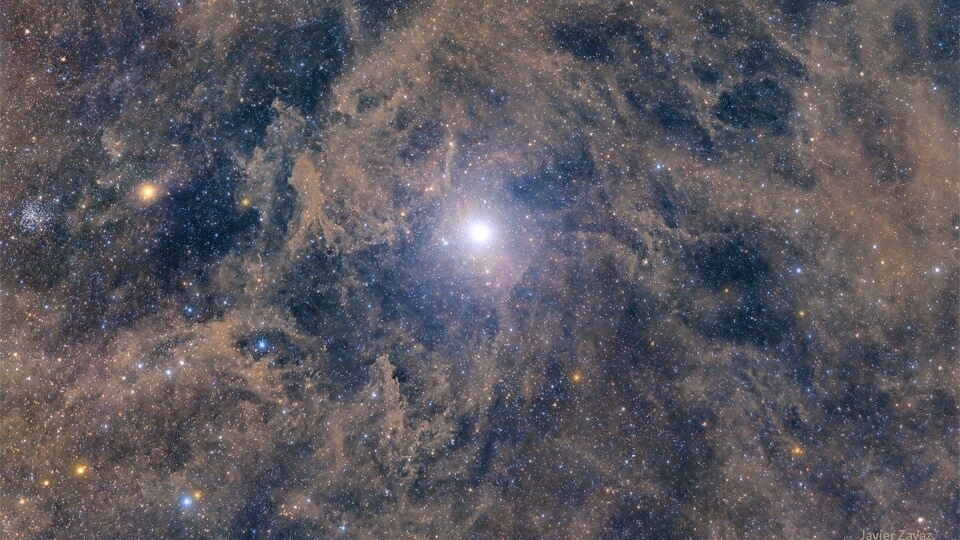

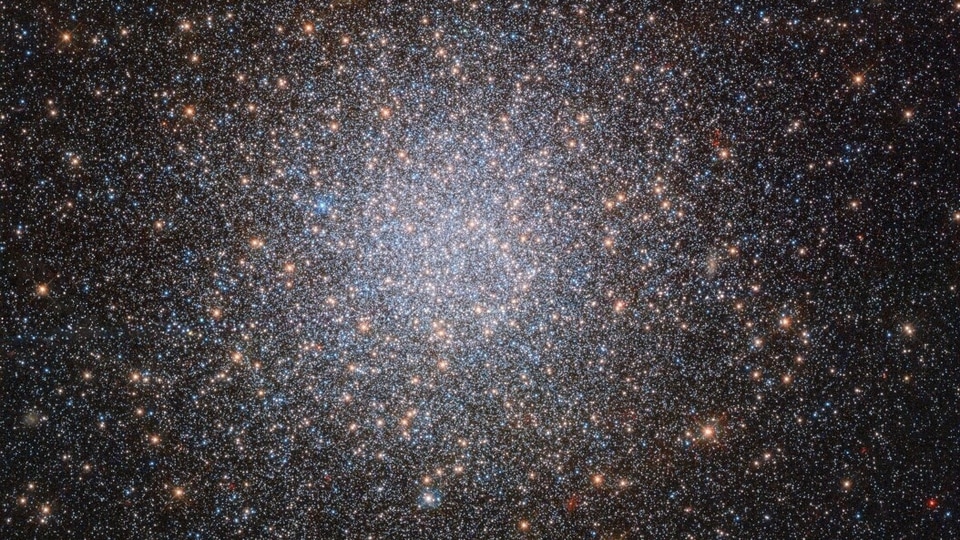
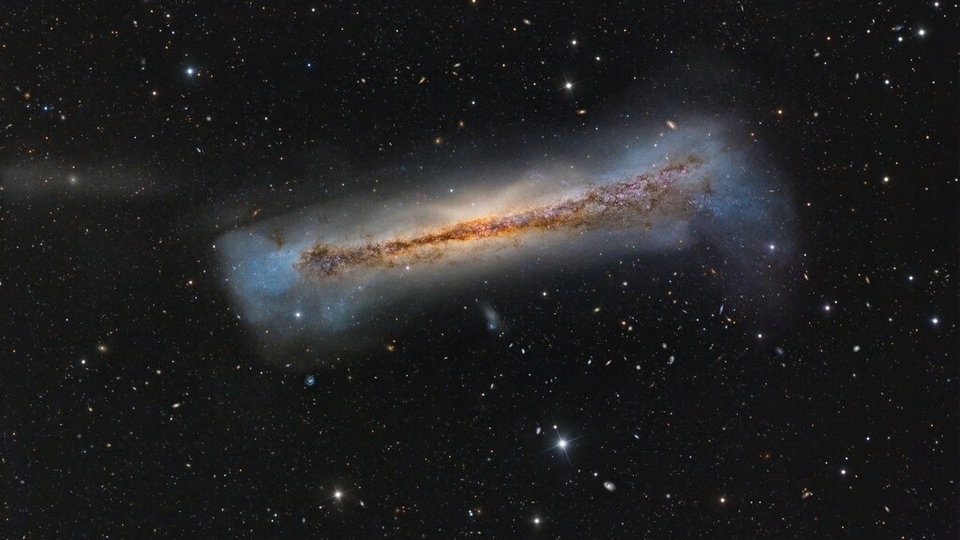
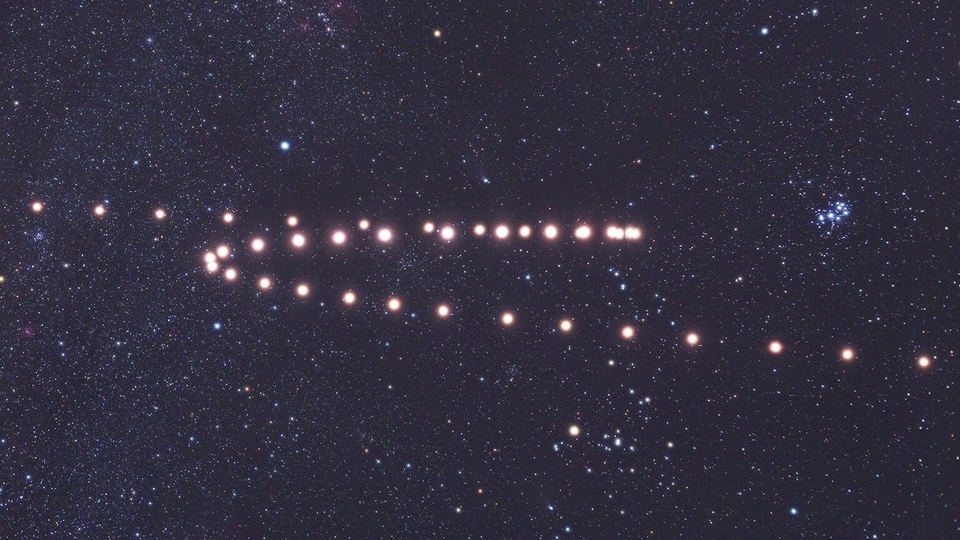
 View all Images
View all ImagesAmong all the planets in the solar system, the one that has fascinated astronomers the most is Mars. Even before any space mission reached the Martian surface, many believed that the red planet could have had alien life on it. Today, the NASA Perseverance rover, the Curiosity rover, the Mars Reconnaissance Orbiter, and the Ingenuity helicopter explore the planet looking for signs of water and ancient life. And the NASA Astronomy Picture of the Day also focuses on the red planet and highlights its fascinating motion.
Today's NASA Astronomy Picture of the Day is a composite picture that traces the retrograde motion of Mars. Interestingly, every two years, astronomers see the red planet make a Z shape in space as it passes through space. This is interesting because making a Z-shape requires Mars to turn backward, a feature that orbiting planets are incapable of making. Then, how is this phenomenon possible? NASA explains that as well.
The composite image was taken by Tunc Tezel, an amateur astronomer and night sky photographer who works with The World At Night (TWAN) project.
NASA explains the strange motion of Mars
In its explanation for the phenomenon, NASA said, “ A composite of images captured about a week apart from mid August 2022 through late March 2023, this series traces the retrograde motion of ruddy-colored Mars. Progressing from lower right to upper left Mars makes a Z-shaped path as it wanders past the Pleiades and Hyades star clusters, through the constellation Taurus in planet Earth's night sky. Seen about every two years, Mars doesn't actually reverse the direction of its orbit to trace out the Z-shape though. Instead, the apparent backwards or retrograde motion with respect to the background stars is a reflection of the orbital motion of Earth itself. Retrograde motion can be seen each time Earth overtakes and laps planets orbiting farther from the Sun, the Earth moving more rapidly through its own relatively close-in orbit. High in northern hemisphere skies the Red Planet was opposite the Sun and at its closest and brightest on December 8, near the center of the frame”.
It also explained that comet ZTF (C/2022 E3), a popular visitor to the inner solar system recently, was also captured on two dates, February 10 and February 16.
Catch all the Latest Tech News, Mobile News, Laptop News, Gaming news, Wearables News , How To News, also keep up with us on Whatsapp channel,Twitter, Facebook, Google News, and Instagram. For our latest videos, subscribe to our YouTube channel.







